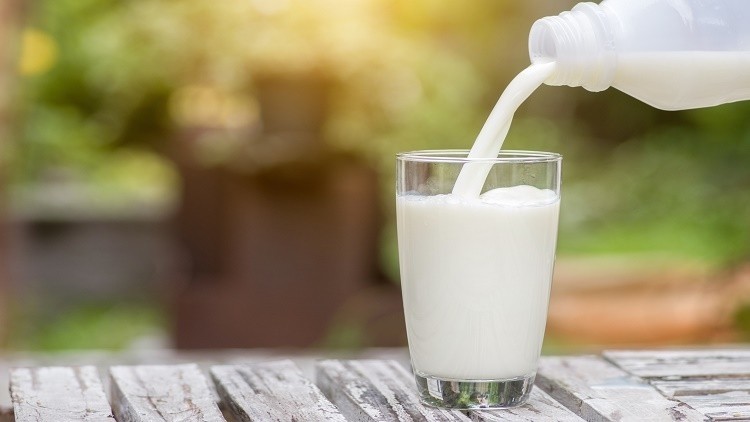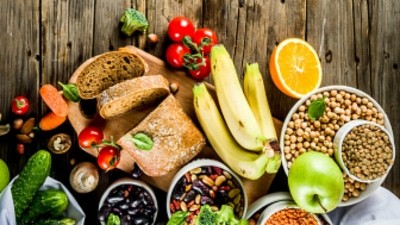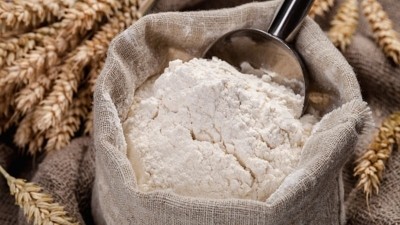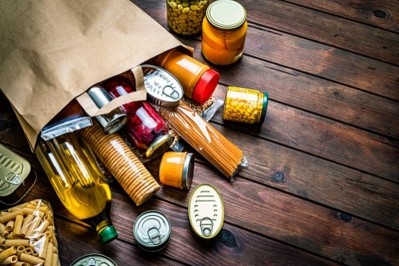Driving domestic dairy: China’s ‘Excellent Milk’ project pledges further quality and safety advances

China has spared no expense in the development and revitalisation of its dairy sector in the past several years, and the Excellent Milk project was launched in 2016 under the supervision of China’s Ministry of Agriculture and Rural Affairs (MARA) with a targeted focus on practical research areas relevant to dairy sustainability.
The project was responsible for developing an advanced standards ‘excellent milk’ system covering various quality and safety parameters, and most recently it also unveiled an Excellent Milk logo for successful dairy companies.
“At present, the China Excellent Milk Project has succeeded in getting more than 97% of local pasteurised dairy to be converted to excellent quality,” China Excellent Milk Alliance Executive Vice President Zheng Nan said via a formal statement.
“One of the markers we have determined for excellent milk is lactoferrin content, and for this we have seen the content of lactoferrin in local pasteurized milk increase from 10.4mg per litre in 2017 by over four times to 44.8mg per litre in 2021.This is also eight times more than the lactoferrin present in most imported milk
“We are seeing the quality and safety measurements of locally produced milk now surpassing imports such as those from Europe and the United States, and these achievements have also led to a reversal of the trend of Chinese dairy consumers being overly attracted to imported milk.”
In addition to quality and nutritional fortification research, the project has also conducted in-depth research to improve food safety controls for dairy in the country, hoping to further reduce any lingering concerns due to longstanding food safety issues in the past.
“Good quality milk has ‘three fears’ when it comes to processing – the fear of high temperature processing, the fear of cross-ocean transportation and the fear of long-term storage,” Zheng added.
“To ensure consumers are able to consume their milk without concerns, companies certified as excellent dairy producers [will have had to satisfy requirements in all these areas] so there is guarantee that the products are safe for consumption.”
The project has now also roped in the support of 64 dairy companies across 25 provinces nationwide to participate in its excellent dairy transformation efforts including well-known local names such as Bright Dairy and New Hope Dairy, jointly launching a new strategy dubbed the ‘China Excellent Milk Project Joint Action Programme to Support the National Nutrition Plan’.
Although details on the concrete initiatives under the programme have yet to be announced, the China Excellent Milk committee highlighted that more dairy quality and safety improvements will be prioritised and provinces such as Fujian, Heilongjiang, Hebei, Shanghai, Guangdong and Sichuan will be the first areas of focus.
“There are over 500 biologically active substances in milk including immunoglobulin, lactoferrin and lactoglobulin which all play important roles in the body from resisting pathogenic invasion to activating the immune response,” Zheng added.
“But it needs to be remembered that these are relatively fragile given the ‘three fears’, so as of now pasteurisation is the only [widespread] technique that can wholly maintain the activity of these substances to the requirements of the Excellent Milk standards.
“Even so, the ideal shelf life of pasteurised fresh milk is just five to seven days, which makes it all the more important for domestic milk production [to step up] to ensure everyone has access to excellent milk.”
From the inside out
Chinese consumers are well-known for placing strong focus on product branding and packaging, but with various government initiatives such as a ban on the use of excessive luxurious packaging and product endorsement by celebrities with ‘lapsed morals’ underway, the dairy sector believes what’s on the inside has emerged to become much more important today.
“Traditionally, the local dairy industry has been greatly reliant on tactics such as constantly evolving gimmicks or content, or excessive use of advertising and packaging to compete in the market,” said the project.
“Today, [we are] leading the way for the sector to transform and boost competitiveness by improving the actual quality of the dairy products being sold inside the packaging and behind all the gimmicks, which will have [long-term benefits].”




















